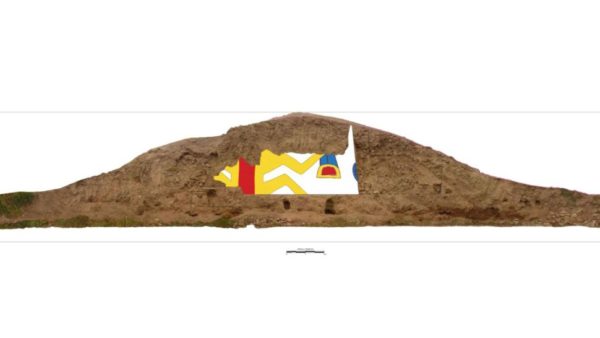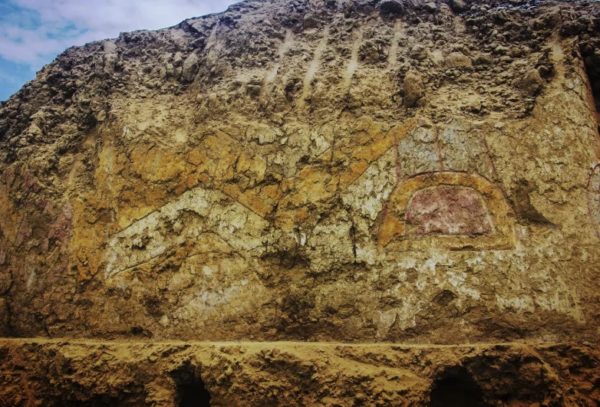An ancient ceremonial building that was built thousands of years ago in northwestern Peru’s La Libertad region was decorated with a painting of a spider deity clutching a knife. Archaeologists discovered the mural in November 2020, after local farmers damaged the temple structure during the expansion of their sugar cane and avocado plantations.

When scientists inspected the monument (“huaca” in the Indigenous Quechuan family of languages), they found a figure painted against a white background on the southern wall, in shades of ocher, yellow and gray, the Peruvian national daily newspaper La República reported.
Régulo Franco Jordán, director of archaeological investigations for the Augusto N. Wiese Foundation, a Peruvian cultural nonprofit organization, recently told La República that the huaca was around 3,200 years old and likely had ritual significance. The figure in the mural was “a stylized zoomorphic being” — a human-animal hybrid deity — that could be part spider, which was an important animal in the pre-Columbian Cupisnique culture, Jordán said (translated from Spanish with Google Translate).



